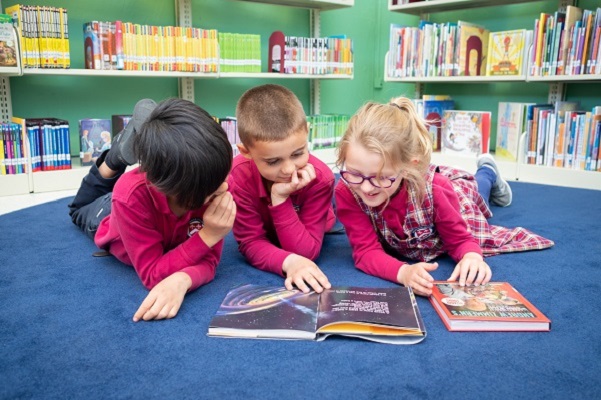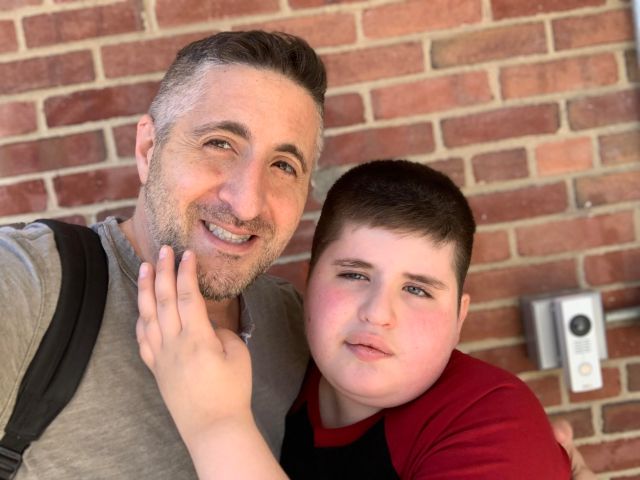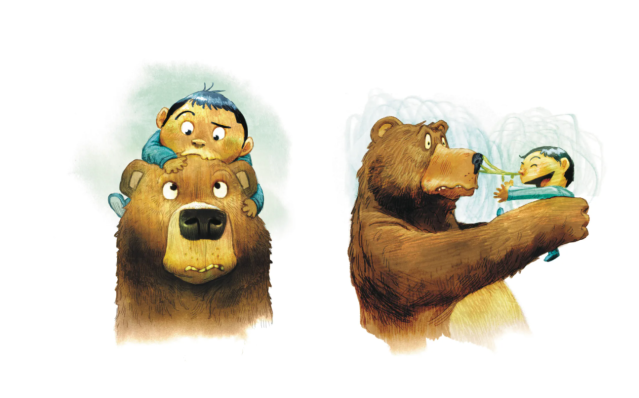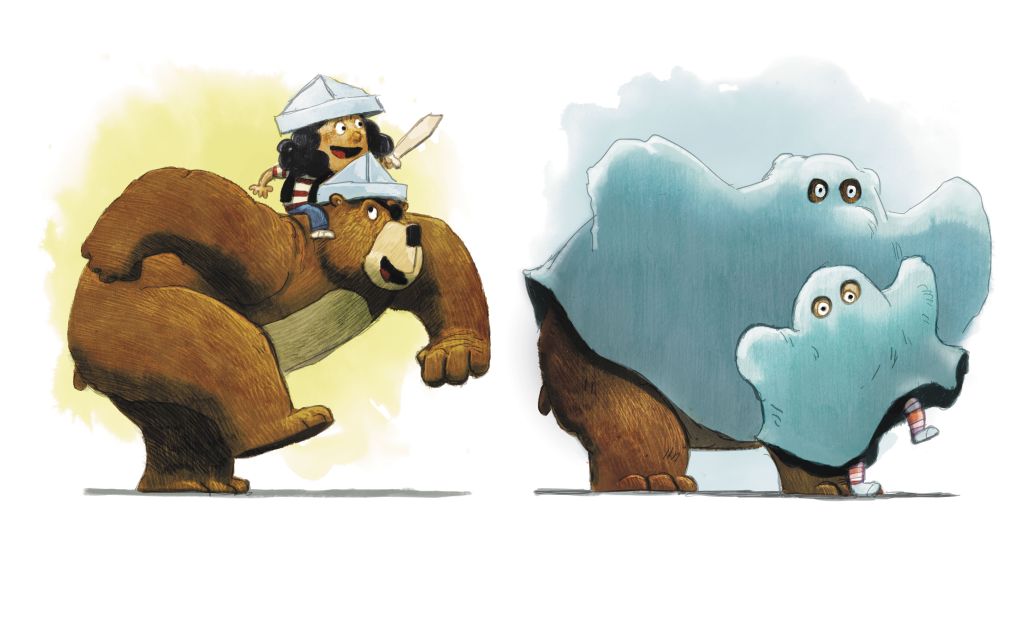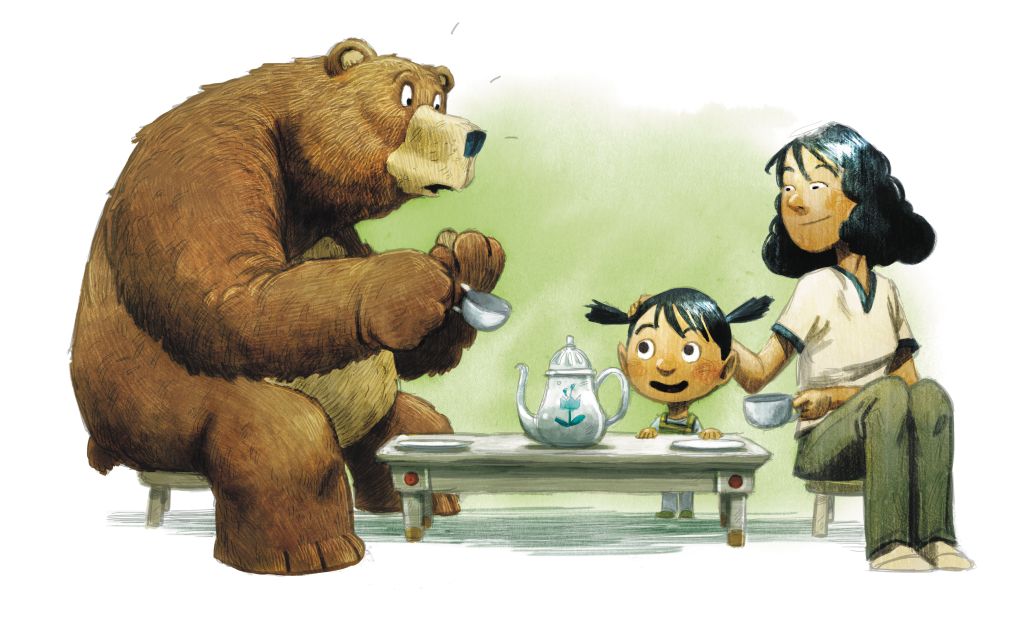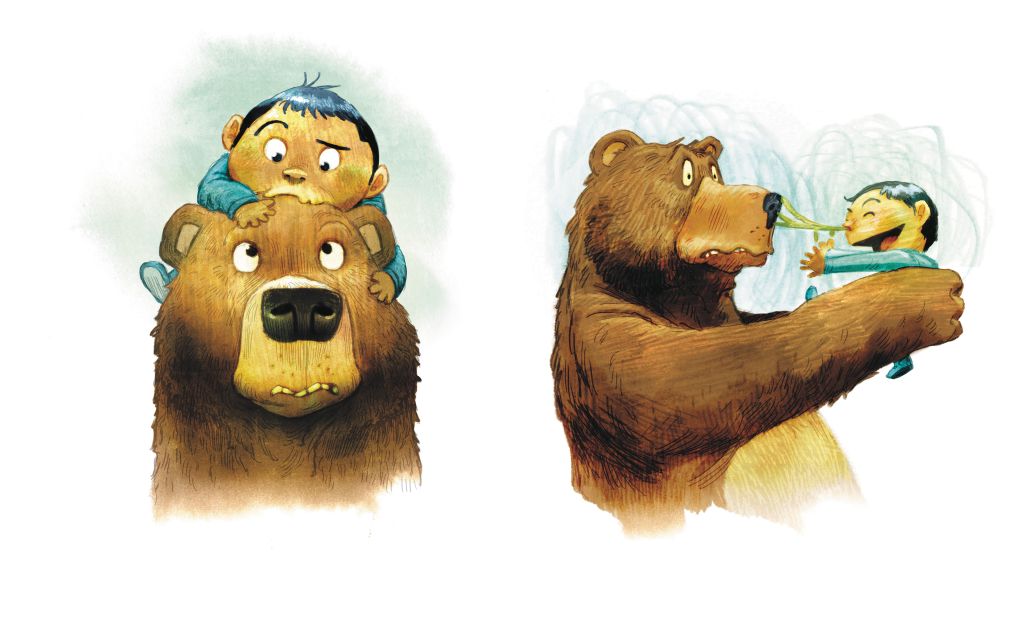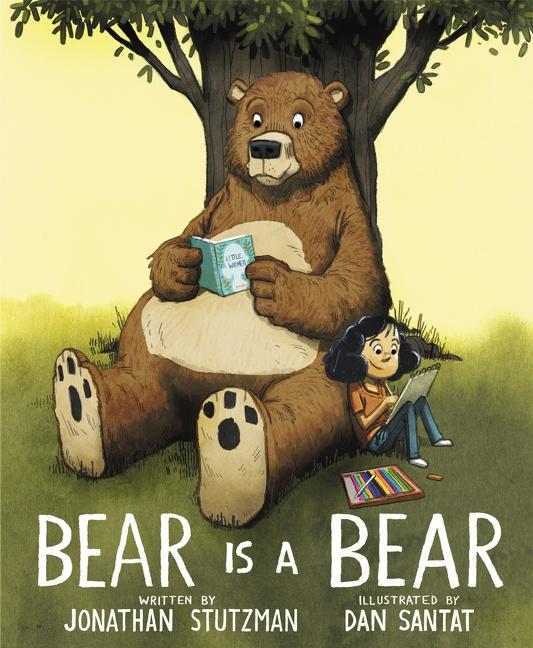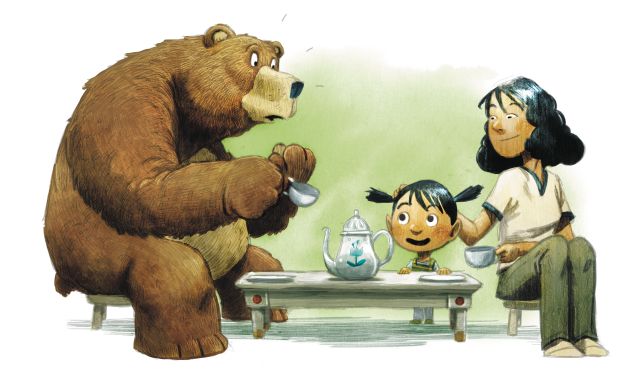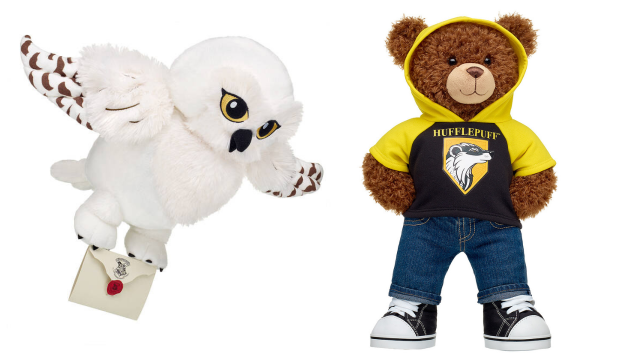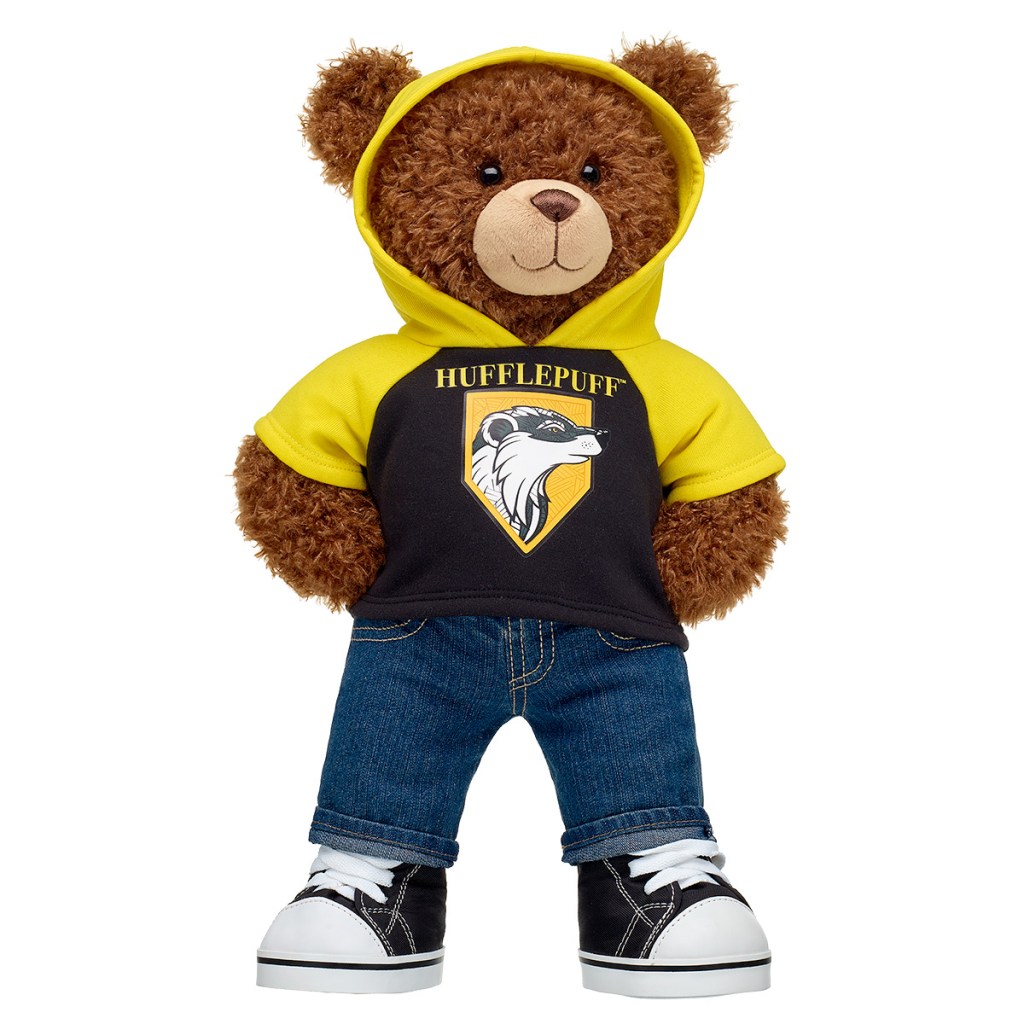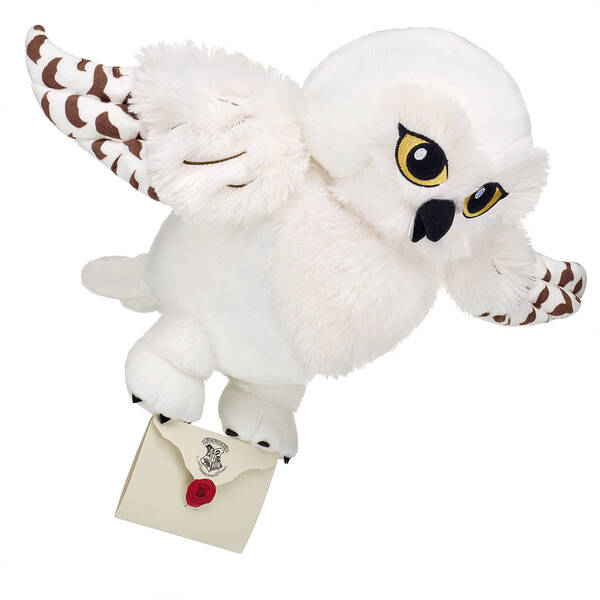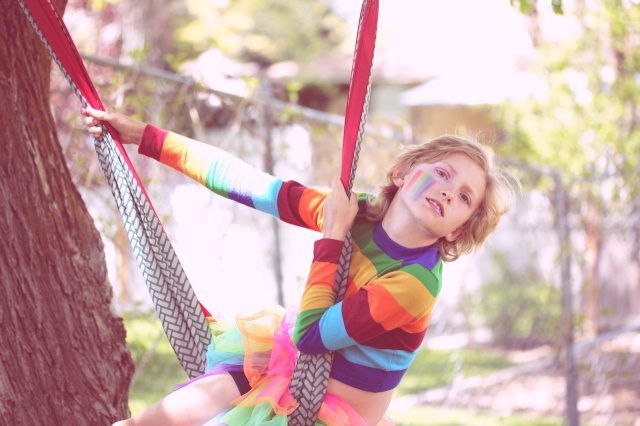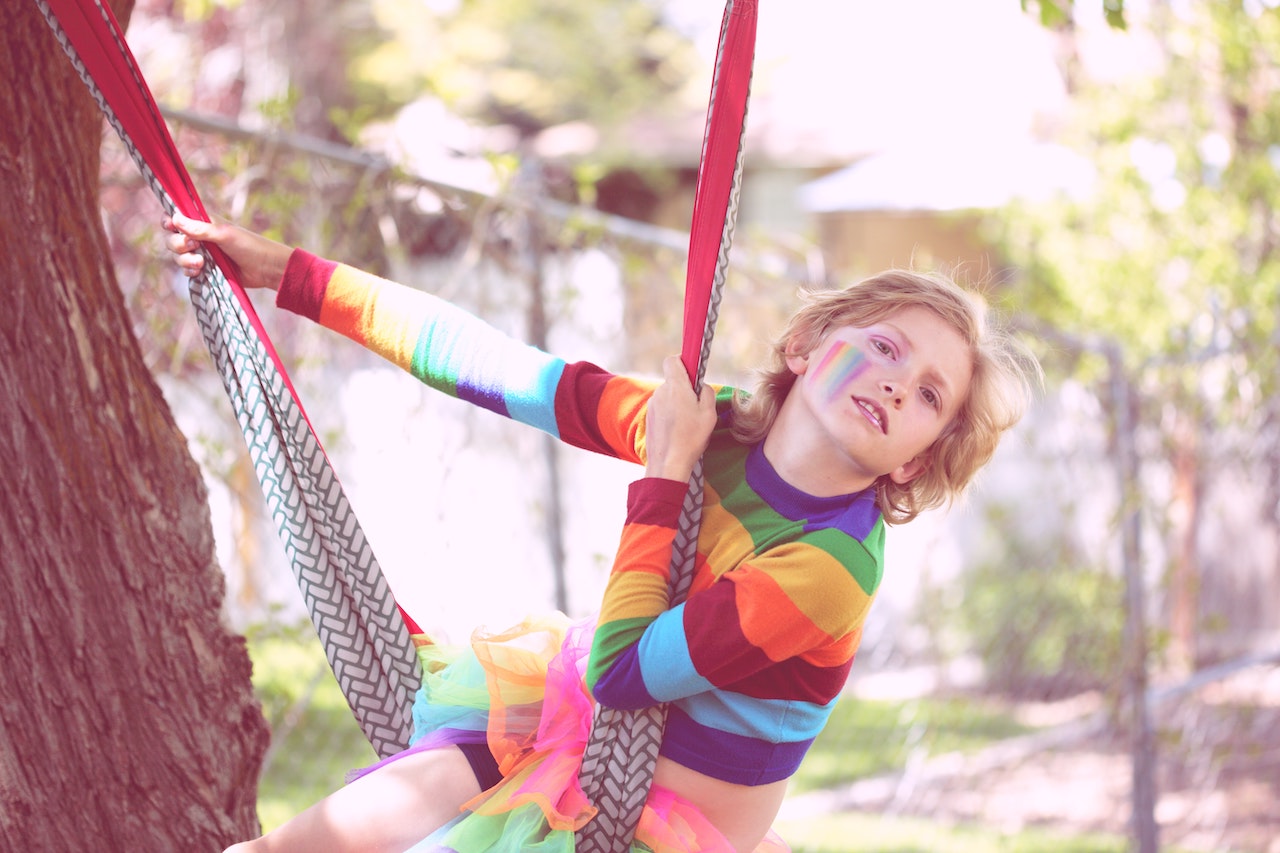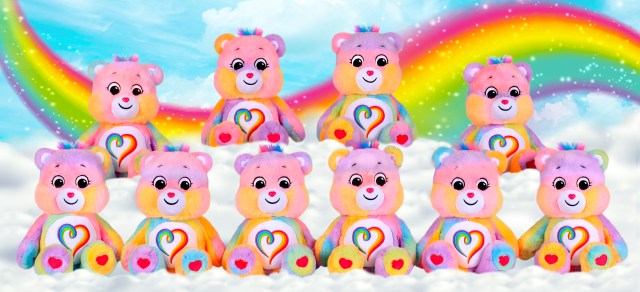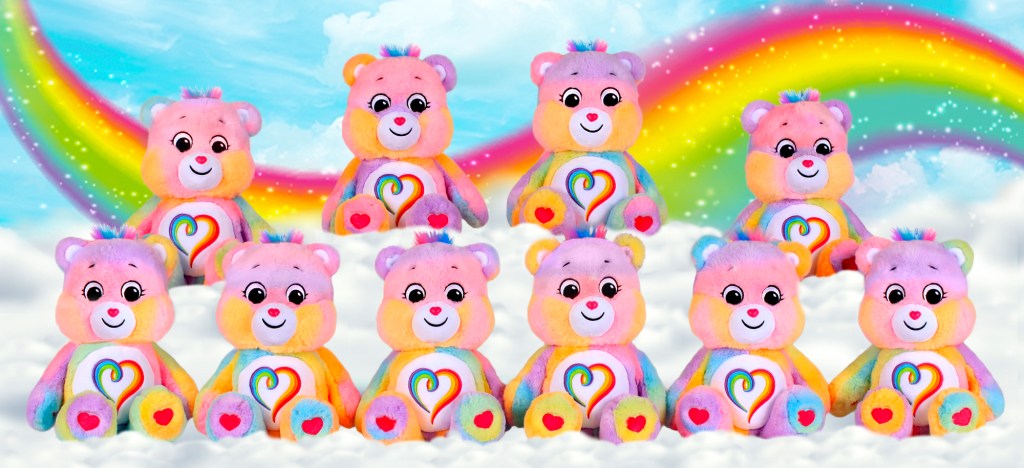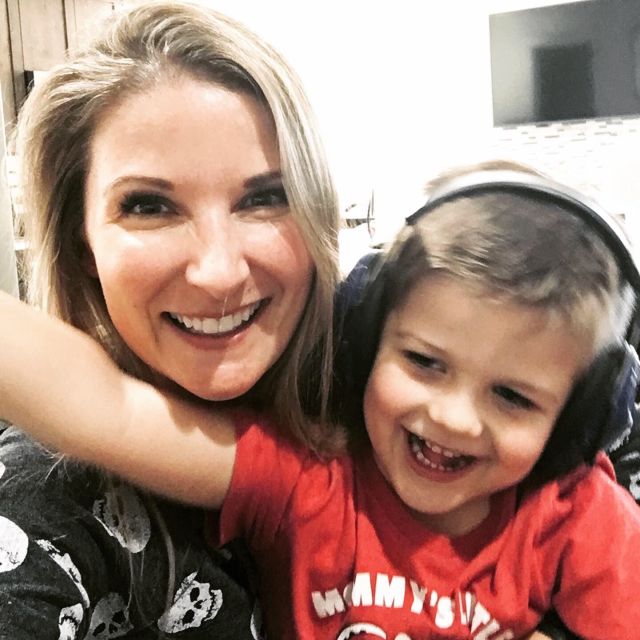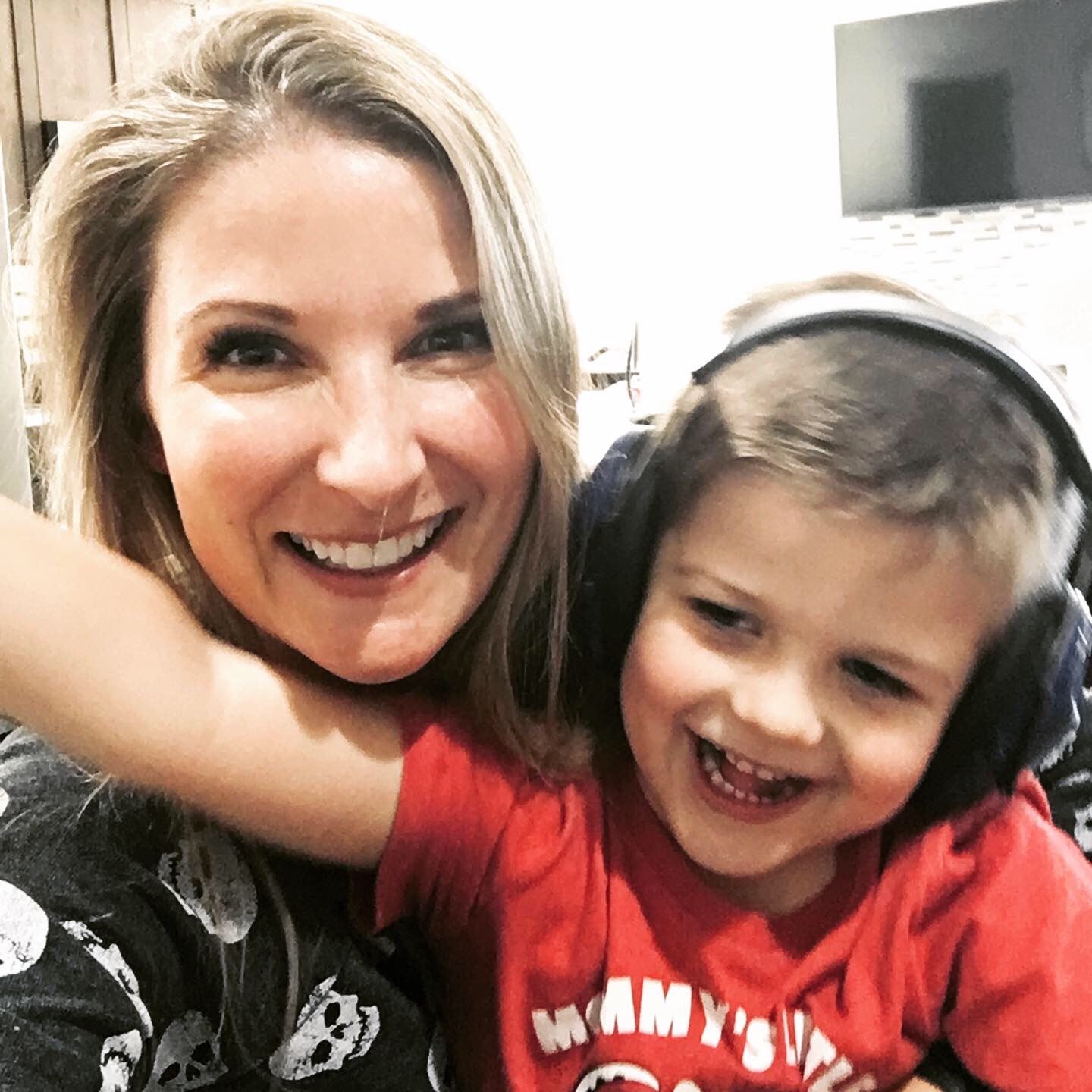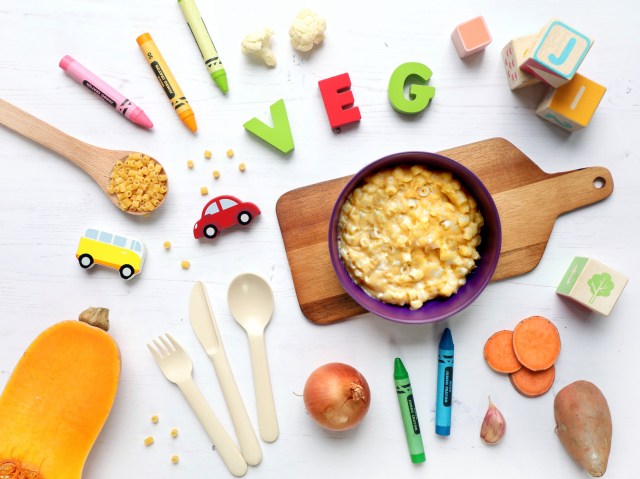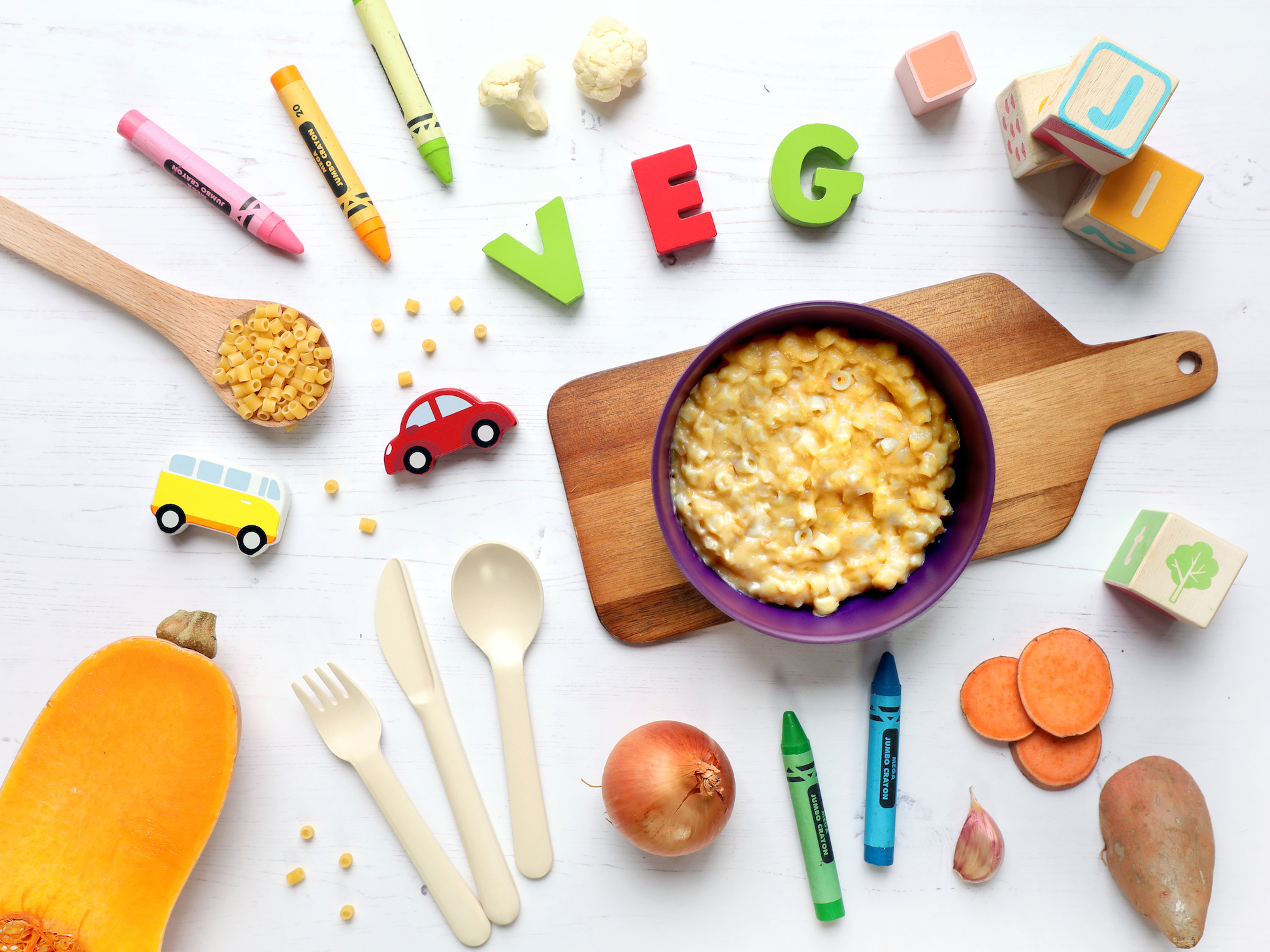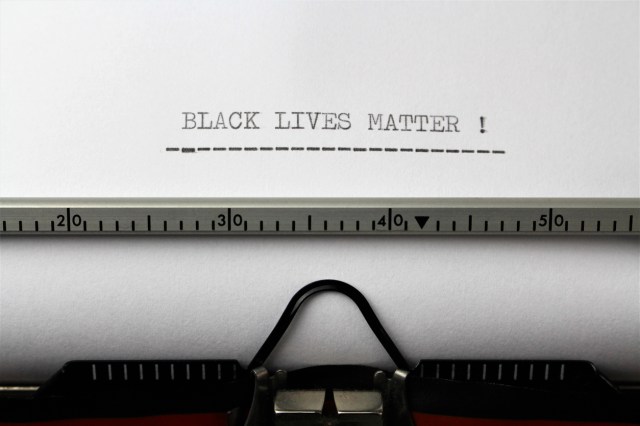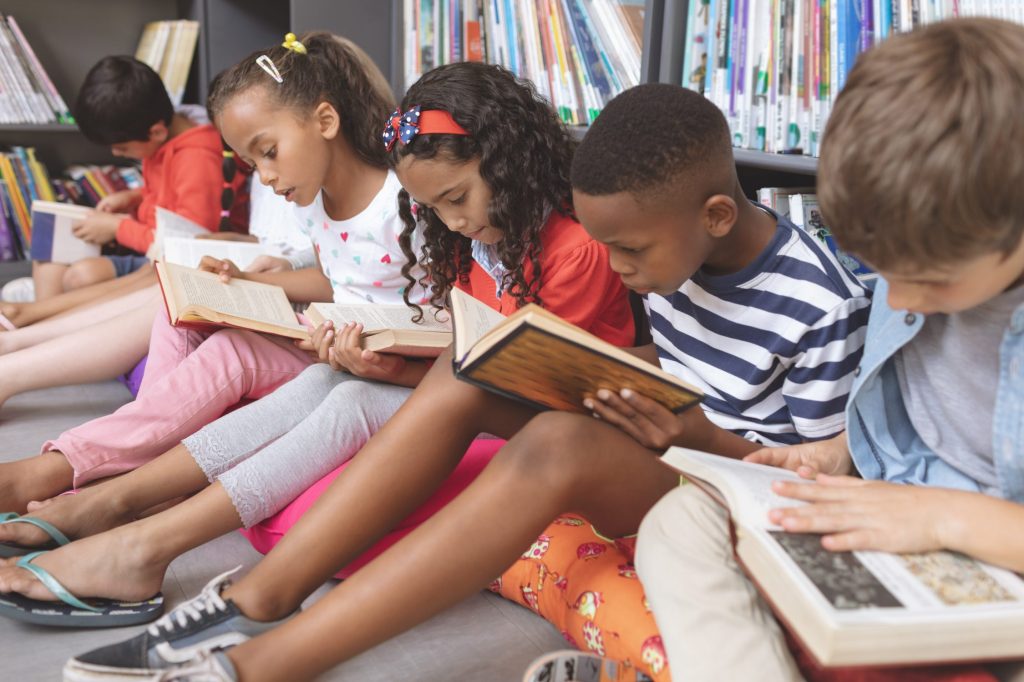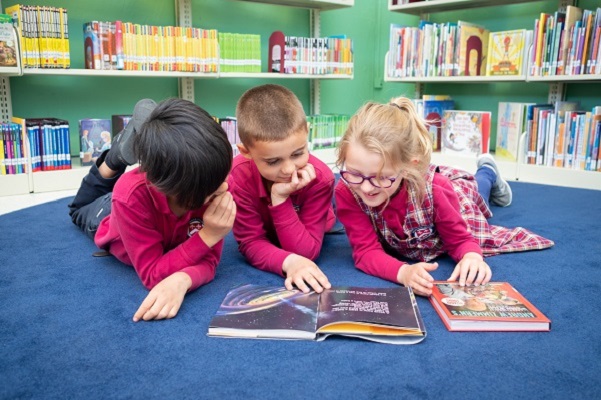
The books we have selected for October reading speak to the ‘scary’ season prevalent in many cultures, with tales of ghosts, graveyards and zombies, and references to folklore and superstitions embedded in both Halloween and Día de los Muertos. Scary stories have an enduring appeal, and nearly every fall, psychologists and folklore experts suggest new theories on just why that is so. “Life lessons lurk in ghost and monster tales,” says one headline. The “Snuggle Theory” suggests that our shared experience of facing fear-provoking events can lead us to feeling emotionally closer to one another. Leaving the analysis to other experts, we librarians know that most children love speculative fiction, whether sci-fi or supernatural, and what we have assembled here are some fine pieces of literature from that genre.
Our second goal in curating this list was to highlight October tales from a variety of cultures, providing two equally important perspectives, often characterized as “windows and mirrors.” Stories that reflect readers’ own culture and experience are mirrors; stories that portray someone else’s experience are windows. Mirrors help children build their identities. Windows broaden readers’ perspective and understanding of lives and situations different from their own. Our October selections describe folklore and festivals from around the world, with stories that have the potential to feel either familiar and reinforcing or novel and mind-expanding, offering readers the great gift of a broadened perspective.
Preschool Books
Click Clack Boo: A Tricky Treat by Doreen Cronin, Illustrated by Besty Lewin
Farmer Brown leaves a bowl of candy on the porch, locks up the house, puts up a “Do Not Disturb” sign, and prepares to sleep through the holiday, but his animals have other plans for the evening. As you read together, make up your own fun movements for the many onomatopoeias that are throughout the book. Enjoy the entire Click Clack series, with titles like, Click, Clack, Peep!, and Click, Clack, Quack to School!
Thanking the Moon: Celebrating the Mid-Autumn Moon Festival by Grace Lin
An excellent introduction to this significant Chinese holiday, the Mid-Autumn Moon Festival. Families bring poems, picnics, and symbols in round shapes as they gather together at night to send up wishes to the moon. Much of it is told through illustrations that gives us insight into the importance behind the festival. This Newbery Honor, Caldecott Honor author/illustrator has many other wonderful books, such as Dim Sum for Everyone! and Fortune Cookie Fortunes.
Kindergarten Books
Dia de Los Muertos by Roseanne Greenfield Thong, Illustrated by Carles Ballesteros
A festive and colorful celebration of the Mexican and Latin American holiday. Told in simple verse, this book celebrates the joy of the holiday and the beliefs behind it. There are Mexican cultural references made throughout, including a cameo by artist Frida Kahlo. The author incorporates fantastic illustrations to easily explain the words in Spanish, but also has a glossary in the back that gives more information about the day’s history and traditions.
Where the Wild Things Are by Maurice Sendak
Published in 1963, with only 338 words, this Caldecott Medal winning author/illustrator tells the story of a young boy Max, who after dressing in his wolf costume, wreaks such havoc through his household that he is sent to bed without dinner. What happens next is a testament to the unbridled power of a child’s imagination. Sendak’s incredible artwork, and his magical story, undermine the fear of monsters without taking away the wonder.
Books for Grades One and Two
Leo a Ghost Story by Mac Barnett, Illustrated by Christian Robinson
Written by Caldecott Honor author Mac Barnett, and illustrated by Newbery winner Christian Robinson, this story comes from the point of view of Leo, a ghost who is not sure where he belongs. Chased out of his longtime home by a new family, he searches for a different life. But he finds that the city is scary and lonely, and that nobody sees him. Until he meets Jane and joins her imaginary kingdom, which includes a giant hamster, a green-scaled dragon, and Sir Mews, a loyal cat. Their friendship and Jane’s acceptance of a ghost as a friend makes this beautiful story extra special.
Books for Grades Three to Five
The Last Kids on Earth (series) by Max Brallier, Illustrated by Douglas Holgate
Jack Sullivan, thirteen-year-old, has been hiding out in his treehouse ever since the monsters took over. Most people were zombified or evacuated to the west. Jack must round up a team of friends to battle the monsters and prove once and for all that the “Last Kids” are average no longer! This graphic novel hybrid series is perfect for any reader looking for humor, fun illustrations, and zombies. It’s so popular that there is now a Netflix series based on it.
Middle School
The Graveyard Book by Neil Gaiman
In this Newbery Medal, Carnegie Medal, and Hugo Award winning novel, it takes a graveyard to raise an actual human being. The book traces the story of the young boy Nobody “Bod” Owens who is adopted and raised by the supernatural occupants of a graveyard after his family is murdered. His adventures include being kidnapped by ghouls, meeting a witch, going to school, and entering a strange tomb. It’s a mesmerizing tale about the joys of childhood, the gradual transition to adulthood, and the dichotomy of life and death.
Paolo Santiago and the River of Tears by Tehlor Kay Mejia
In this Rick Riordan Presents series, author Tehlor Kay Mejia has crafted a wonderful novel that provides suspense and thrills, and plenty of Mexican-American folklore. Paola lives with her mother in an apartment not far from the Gila river. She chafes at her mother’s superstitions, especially the one about “La Llorona,” a Latin-American folklore ghost who roams rivers mourning the dead. Spooky, full of monsters, demon hounds, and puppet masters, this book tackles friendship, betrayal, and acceptance of who you are as the main character becomes a reluctant hero.
